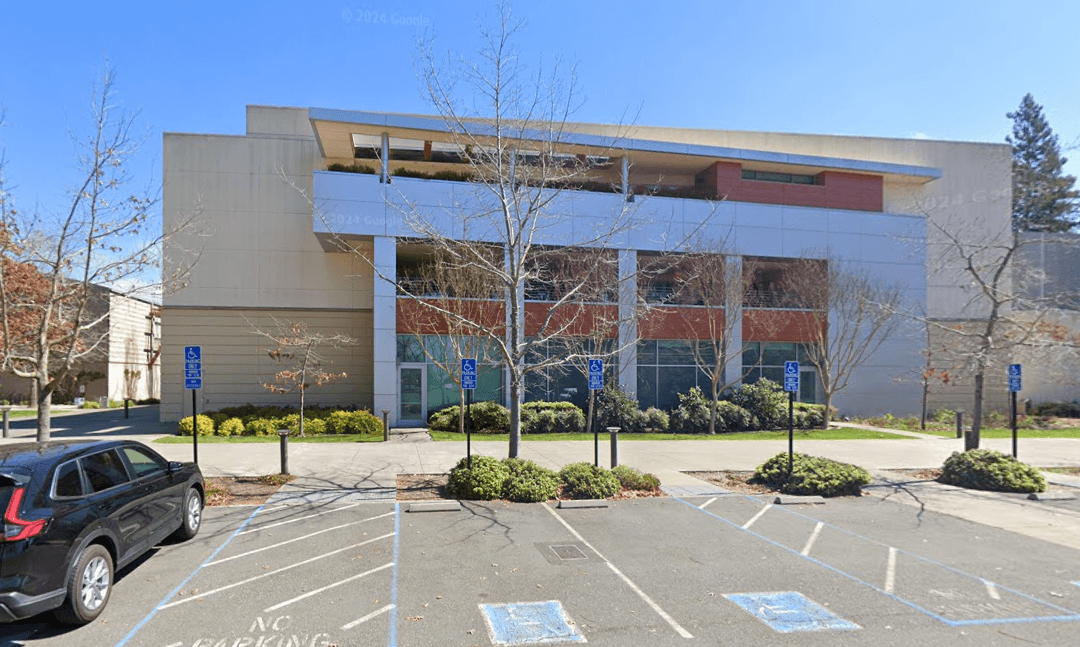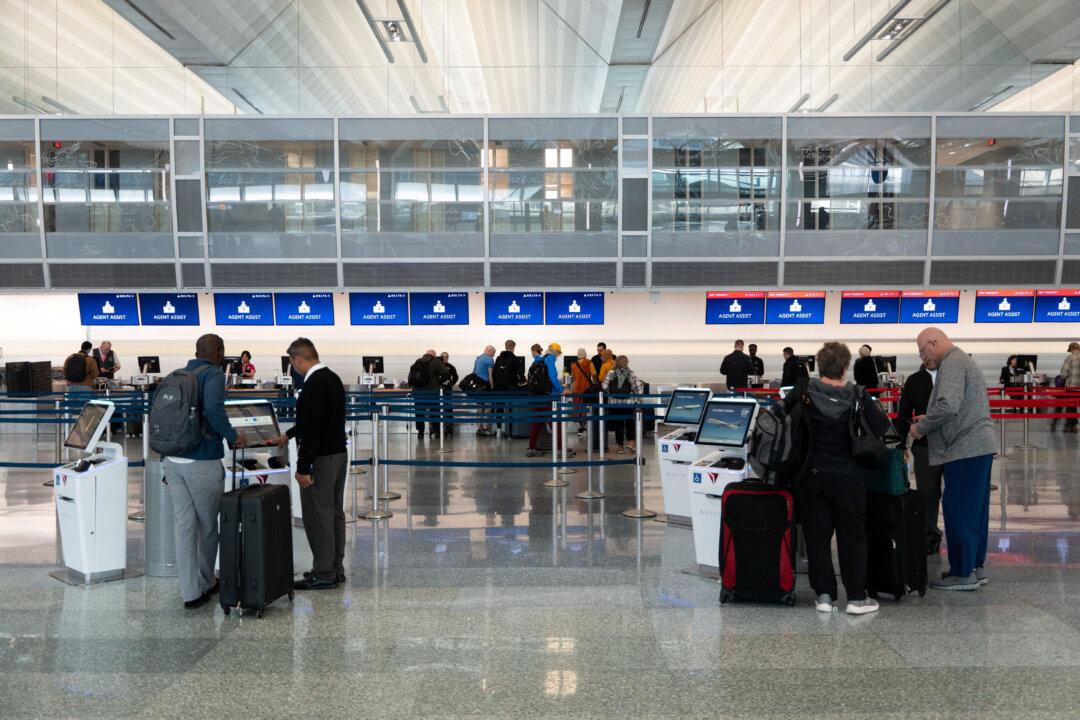A swelling budget deficit has forced Sonoma State University in Northern California to eliminate and consolidate departments, cut faculty and staff, and discontinue its participation in NCAA Division II athletics.
The move comes after the university revealed that its budget deficit, originally thought to be $21 million, is now estimated at $23.9 million. Interim President Emily Cutrer said the university has taken actions to lower the shortfall by $6.8 million in a statement emailed to the entire campus community Jan. 22.





